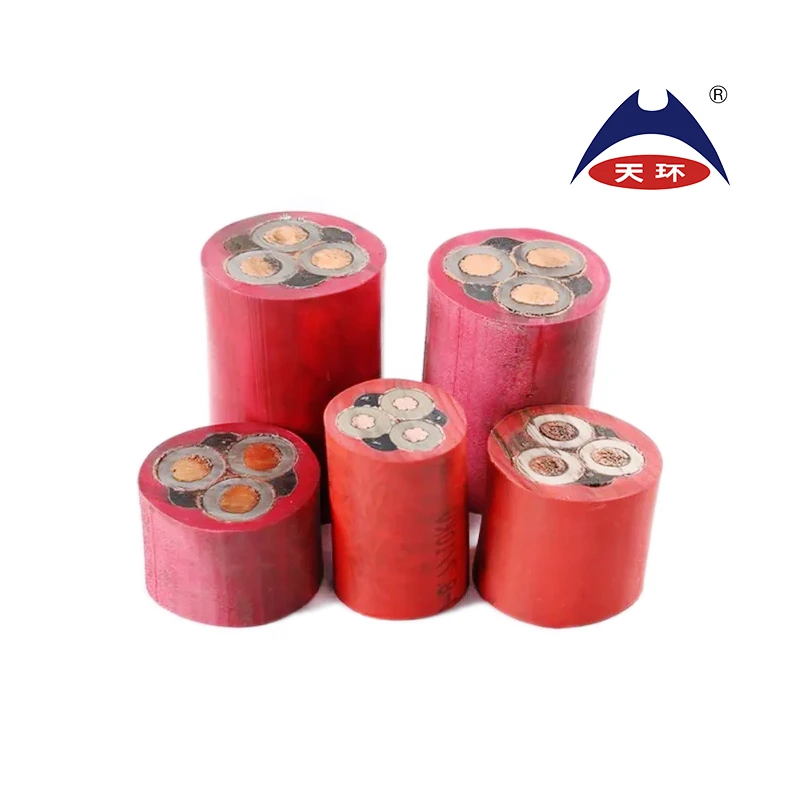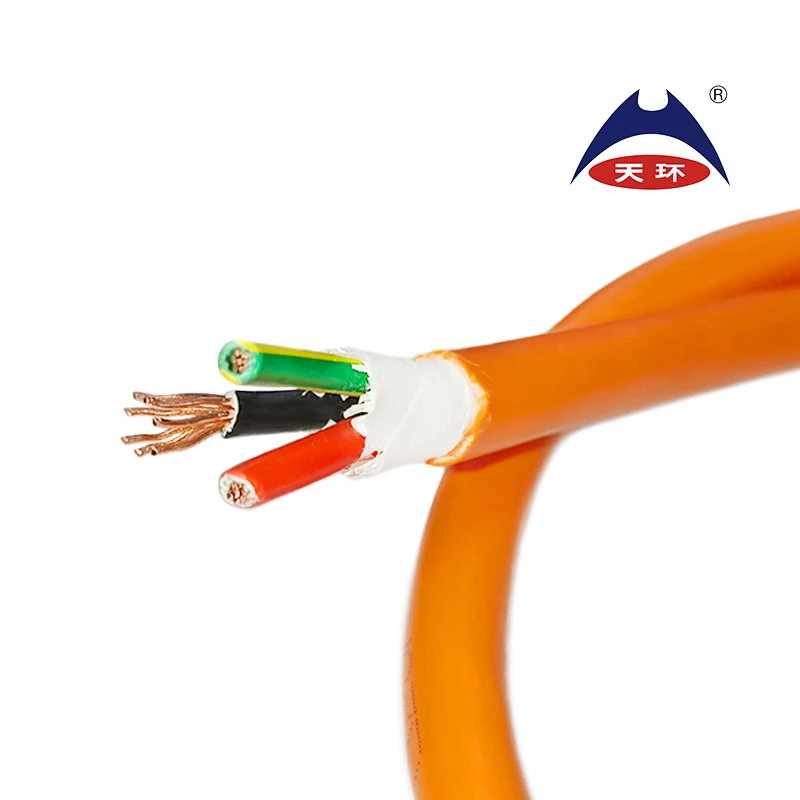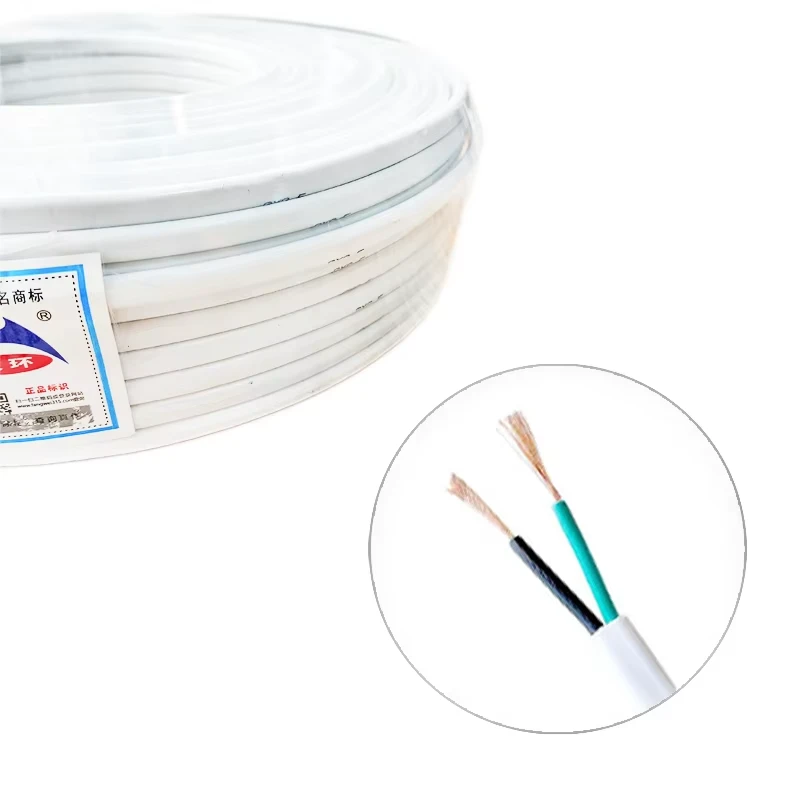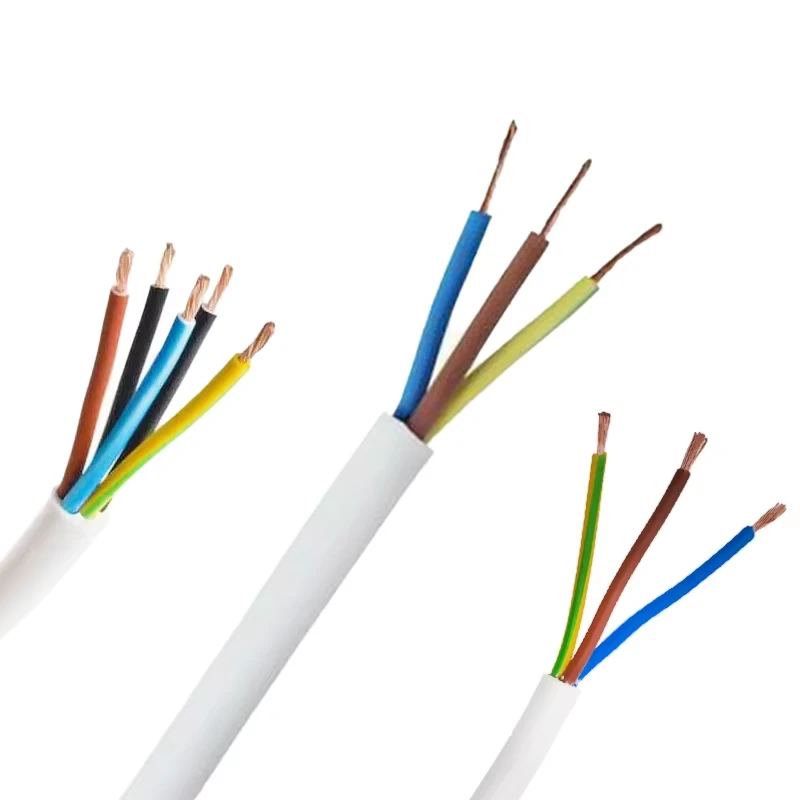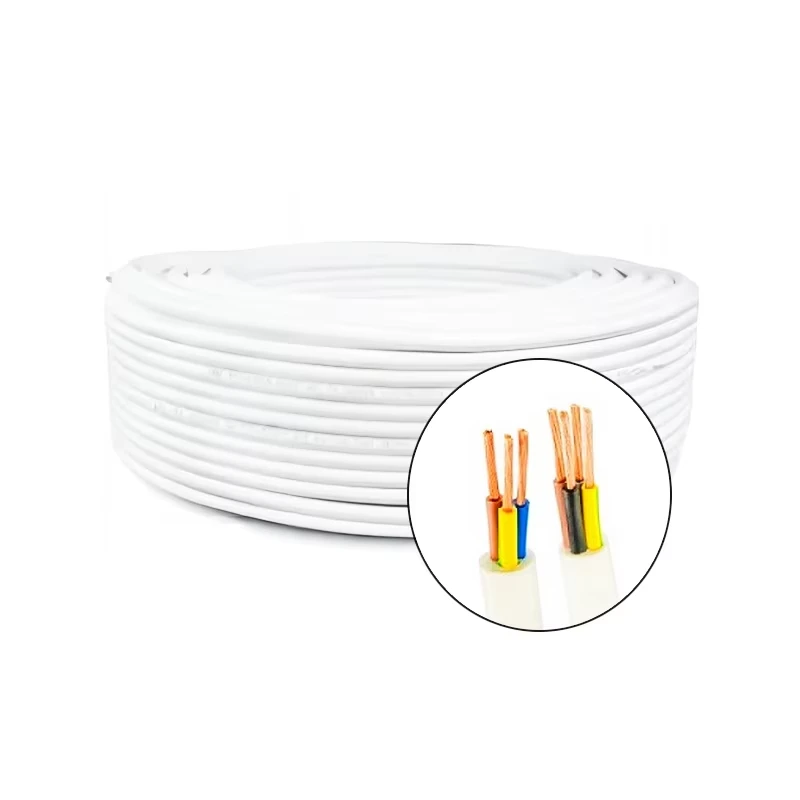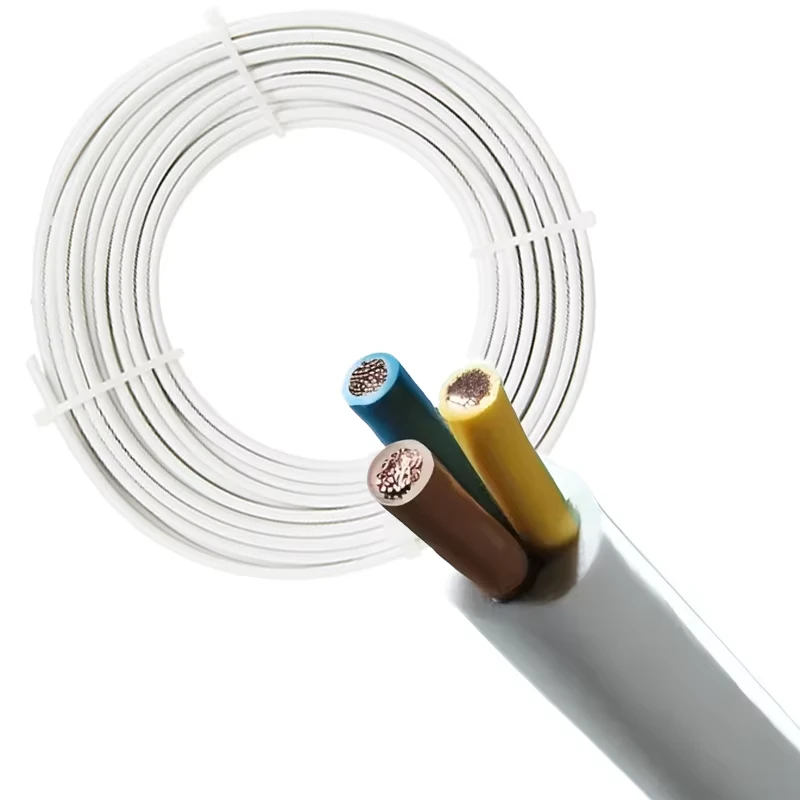
Understanding CE Certification for SWA Mains Power Cables in Electrical Installations
Understanding CE Certification for SWA Mains Cables
In an ever-evolving world, the demand for reliable and safe electrical installations is paramount. One critical component in this domain is the Steel Wire Armoured (SWA) mains cable. These cables are extensively used across various industries due to their robust construction and superior performance. However, their effectiveness largely hinges on proper certification, particularly the CE marking, which signifies compliance with harmonised European standards.
What is CE Certification?
The CE marking is a certification mark that indicates a product’s conformity with European health, safety, and environmental protection standards. For cables, including SWA mains cables, CE certification ensures that they meet stringent requirements regarding safety and performance. The certification process involves rigorous testing and assessment, conducted by recognised notified bodies. This process verifies that the product will perform as expected in its intended application and pose no danger to users or the environment.
Importance of SWA Mains Cables
SWA mains cables are essential for transmitting electrical power in various applications, including construction sites, industrial settings, and even domestic environments. Their design—comprising robust steel wire armouring—provides excellent protection against mechanical damage, moisture, and corrosion. This makes them ideal for outdoor installations or locations where cables may be subject to physical stress or environmental hazards.
Beyond physical durability, SWA cables offer excellent electrical performance, including low resistance and the ability to handle high current loads. However, to ensure that these cables perform effectively and safely, CE certification is a vital necessity.
The CE Certification Process for SWA Cables
The process begins with the manufacturer ensuring that the cable design meets relevant European standards. This includes compliance with the Low Voltage Directive (LVD) 2014/35/EU, which outlines the requirements for electrical equipment operating at low voltages.
ce certification swa mains cable
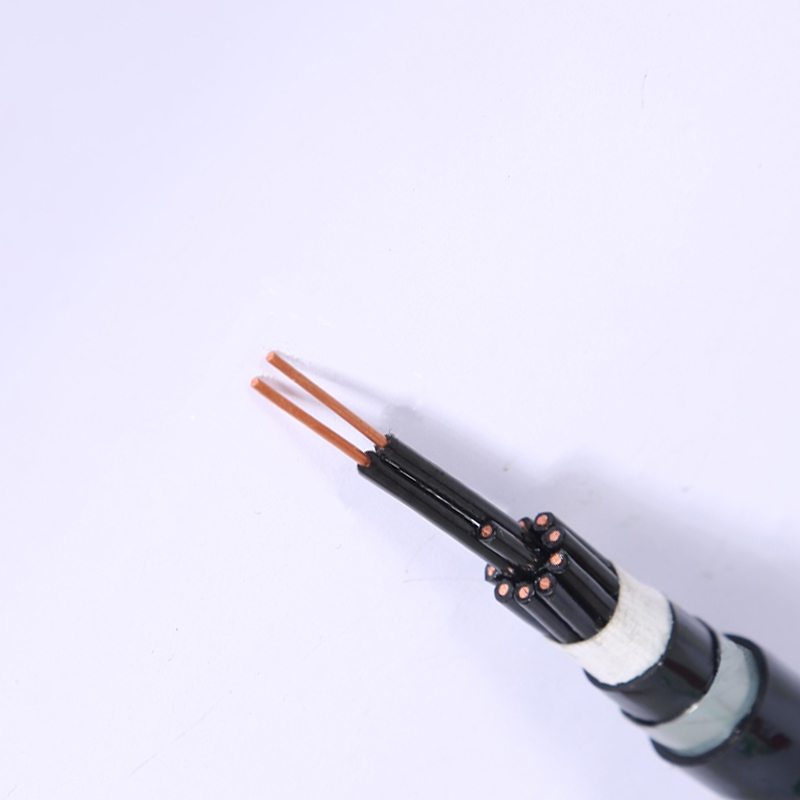
After meeting the necessary design criteria, the manufacturer must conduct extensive testing. This testing typically involves evaluating the cable's electrical properties, mechanical strength, fire resistance, and resistance to environmental factors. Depending on the outcomes, the manufacturer might adjust the cable specifications to meet the required standards.
If the cables pass all testing criteria, the manufacturer can then compile the technical documentation and apply for the CE marking
. Compliance with the standards is certified by a notified body, which may conduct further assessments or audits to ensure ongoing compliance.Benefits of CE Marked SWA Mains Cables
1. Enhanced Safety The CE marking indicates that the cable has been assessed for safety and will not pose unintended risks during installation and operation.
2. Quality Assurance The rigorous testing and compliance processes assure buyers and users of the quality and performance of the SWA cables.
3. Market Access For manufacturers, CE certification eases access to the European markets, making it easier to trade and compete.
4. Consumer Confidence End users are more likely to trust products that carry the CE mark, knowing that they are compliant with European standards.
Conclusion
CE certification for SWA mains cables is not merely a bureaucratic requirement but a crucial factor that shapes the safety, efficacy, and reliability of electrical installations. By ensuring that these cables meet stringent European standards, manufacturers contribute to a safer environment for users, reduce the risk of electrical hazards, and enhance consumer trust in their products. As the demand for reliable electrical solutions continues to grow, the importance of CE certification remains paramount for both manufacturers and end users in ensuring the highest standards of safety and performance. As industries evolve, maintaining these standards will be crucial in fostering innovation while ensuring safety in electrical engineering.
-
Reliable LIYCY Cable Solutions for Low and Medium Voltage ApplicationsNewsJul.14,2025
-
Premium Overhead Electrical Wire Solutions for Low and Medium Voltage ApplicationsNewsJul.14,2025
-
Innovative XLPE Electrical Cable Solutions for Modern Low and Medium Voltage NetworksNewsJul.14,2025
-
High-Quality Ethylene Propylene Rubber Cable – Durable EPDM Cable & 1.5 mm 3 Core OptionsNewsJul.14,2025
-
Exploring the Versatility of H1Z2Z2-K 1X4mm2 Cables in Modern ApplicationsNewsJul.14,2025
-
Uses of Construction WiresNewsJul.14,2025
-
Types of Neoprene CableNewsJul.14,2025





